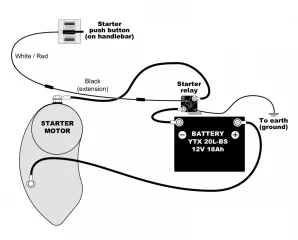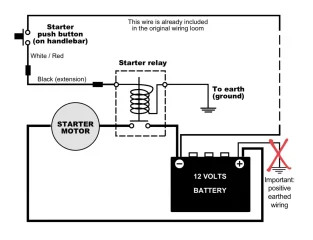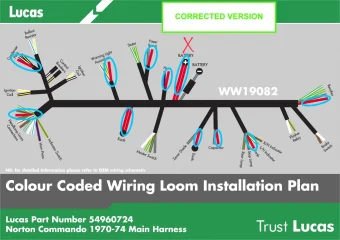I get dealer news from Tri-Spark, I got the following from them late last week, it may be of interest to the group:
IMPORTANT NOTE ON PODTRONIC SINGLE-PHASE VOLTAGE REGULATORS NOT SUITABLE FOR USE WITH TRI-SPARK
Do you have customer with the problem of
misfiring at 3000 to 4000 RPM but not at idle? This can sometimes be caused by problems with the charging system. We recommend running the engine with the alternator disconnected briefly to see if the problem clears.
The misfiring is likely a problem with the
Podtronics Single Phase Voltage Regulator POD-1P-Max (CS-4035, JRC 17-104A), 12v 200-watt rectifier – regulator. We have recently discovered that it is causing excessive noise interference.
The Podtronics Single Phase Voltage Regulator is not suitable for use with Tri-Spark Electronic Ignitions. The noise interference is severe enough it could affect any electronics on the bike.
We have developed a
filter that eliminates the problem that we now attach to every Podtronics Single Phase Voltage Regulator we sell.
The Podtronics Single Phase with Capachttps://www.trispark.com.au/lucas-10-amp-single-phase-alternator-kit-with-triitor (CS-4030) is an excellent alternative as it does not suffer from the noise interference.
All the best.



